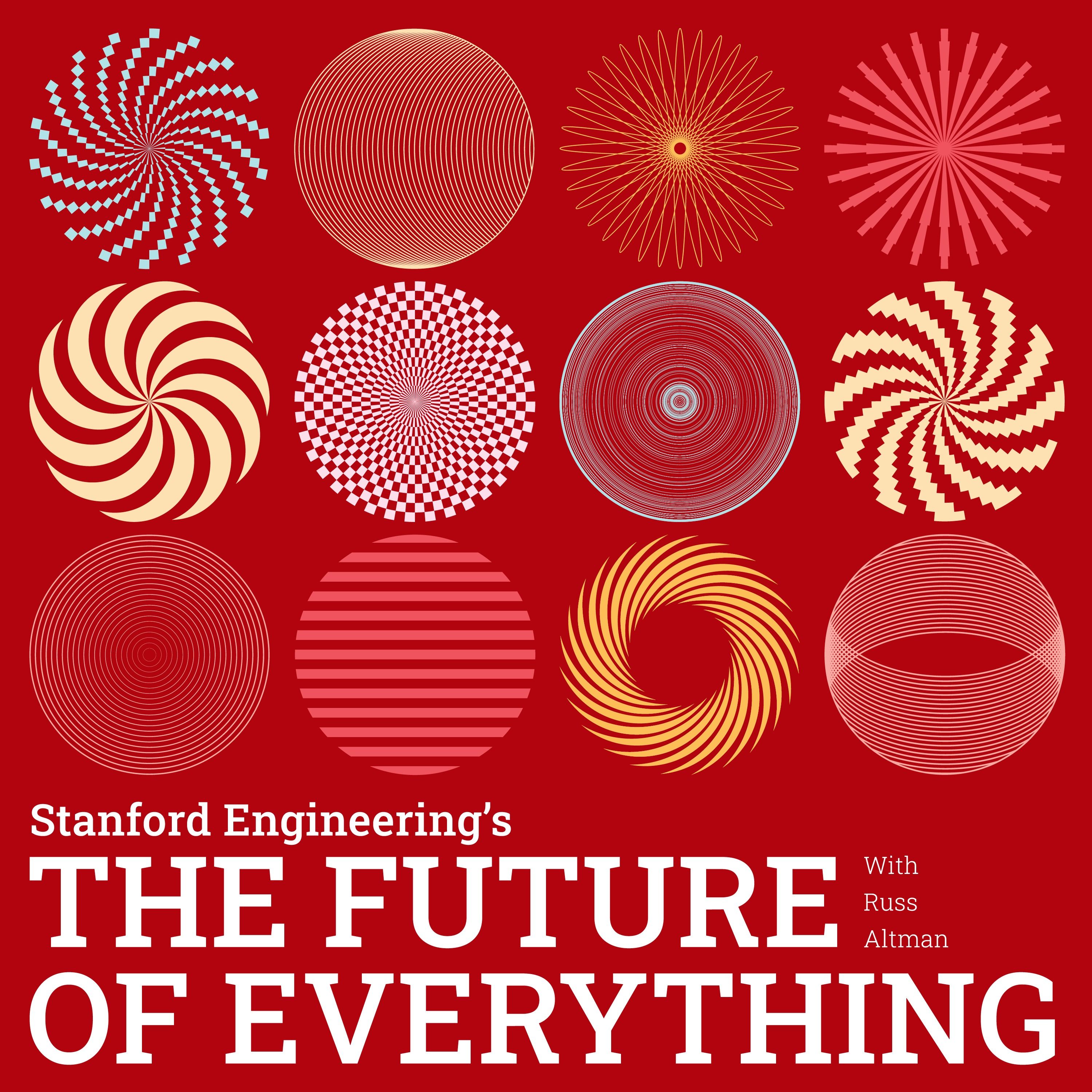- After-Shows
- Alternative
- Animals
- Animation
- Arts
- Astronomy
- Automotive
- Aviation
- Baseball
- Basketball
- Beauty
- Books
- Buddhism
- Business
- Careers
- Chemistry
- Christianity
- Climate
- Comedy
- Commentary
- Courses
- Crafts
- Cricket
- Cryptocurrency
- Culture
- Daily
- Design
- Documentary
- Drama
- Earth
- Education
- Entertainment
- Entrepreneurship
- Family
- Fantasy
- Fashion
- Fiction
- Film
- Fitness
- Food
- Football
- Games
- Garden
- Golf
- Government
- Health
- Hinduism
- History
- Hobbies
- Hockey
- Home
- How-To
- Improv
- Interviews
- Investing
- Islam
- Journals
- Judaism
- Kids
- Language
- Learning
- Leisure
- Life
- Management
- Manga
- Marketing
- Mathematics
- Medicine
- Mental
- Music
- Natural
- Nature
- News
- Non-Profit
- Nutrition
- Parenting
- Performing
- Personal
- Pets
- Philosophy
- Physics
- Places
- Politics
- Relationships
- Religion
- Reviews
- Role-Playing
- Rugby
- Running
- Science
- Self-Improvement
- Sexuality
- Soccer
- Social
- Society
- Spirituality
- Sports
- Stand-Up
- Stories
- Swimming
- TV
- Tabletop
- Technology
- Tennis
- Travel
- True Crime
- Episode-Games
- Visual
- Volleyball
- Weather
- Wilderness
- Wrestling
- Other
Best of - How light can power higher speed computing
Delve into the possibilities of silicon photonics as a game-changer in chip manufacturing. This is a re-run of a show that Russ did with David Miller back in 2021. David is an electrical engineer, and works in the field of photonics. As he shares in this conversation, there’s great potential for the field of photonics to help solve the problems posed by an increasing demand for computing power. Silicon-chip computers are starting to hit fundamental limits, and advances in the field of photonics – technology that uses light waves – may be just the help we need. David’s research offers a bright spot as we look to a future that continuously demands more computing power. Enjoy!Chapter Notes(00:00:00) IntroductionJoin us as we delve into the world of optical computing, exploring its potential to revolutionize information processing and overcome the limitations of traditional electronic systems.(00:00:27) Limitations of electronic systemsGain insights into the current constraints faced by electronic systems, such as speed and energy efficiency, and discover why alternative approaches are necessary.(00:01:42) Challenges of copper wire interconnects Understand the challenges associated with copper wire interconnects and how optical interconnects offer a promising solution with their potential for increased speed and bandwidth.(00:04:12) Optical interconnects explainedDive deeper into the concept of optical interconnects, exploring the principles behind transmitting data through light and the advantages they hold over traditional copper wires.(00:06:08) Optics in long-distance communicationLearn about the significant role optics plays in long-distance communication, from transmitting data through undersea cables to interconnecting cities with optical fiber networks.(00:07:41) Growing demand for high-speed data transmissionDiscover the growing demand for high-speed data transmission in data centers and the need for scalable solutions that can handle the increasing volume of information.(00:09:50) Silicon photonicsExplore the cutting-edge technology of silicon photonics, which leverages existing manufacturing processes to create photonic chips, opening new possibilities for optical computing.(00:11:08) Transparency of materials, germanium's role & integration challengesDelve into the optical properties of materials like silicon and glass, the potential of germanium as a complementary material to silicon, and the challenges of integrating new materials into existing silicon-based manufacturing processes.(00:13:37) Overcoming device energy limitationsLearn about the progress made in reducing the energy consumption of devices that convert electrical signals into optical signals, a crucial step in achieving efficient optical computing.(00:15:48) Introduction to "deep optics" and future prospectsExplore the concept of "deep optics," which goes beyond interconnects to encompass the potential use of optics for processing tasks within computing systems, and discover the immense potential of deep optics to transform computing systems and pave the way for a new era of information processing.(00:19:04) Programmable and self-configuring optical systemsGain insights into the development of programmable and self-configuring optical systems that can adapt their behavior, optimize light streams, and open up possibilities for advanced information processing.(00:23:36) Future prospectsExplore the immense potential of deep optics to transform computing systems and pave the way for a new era of infor

